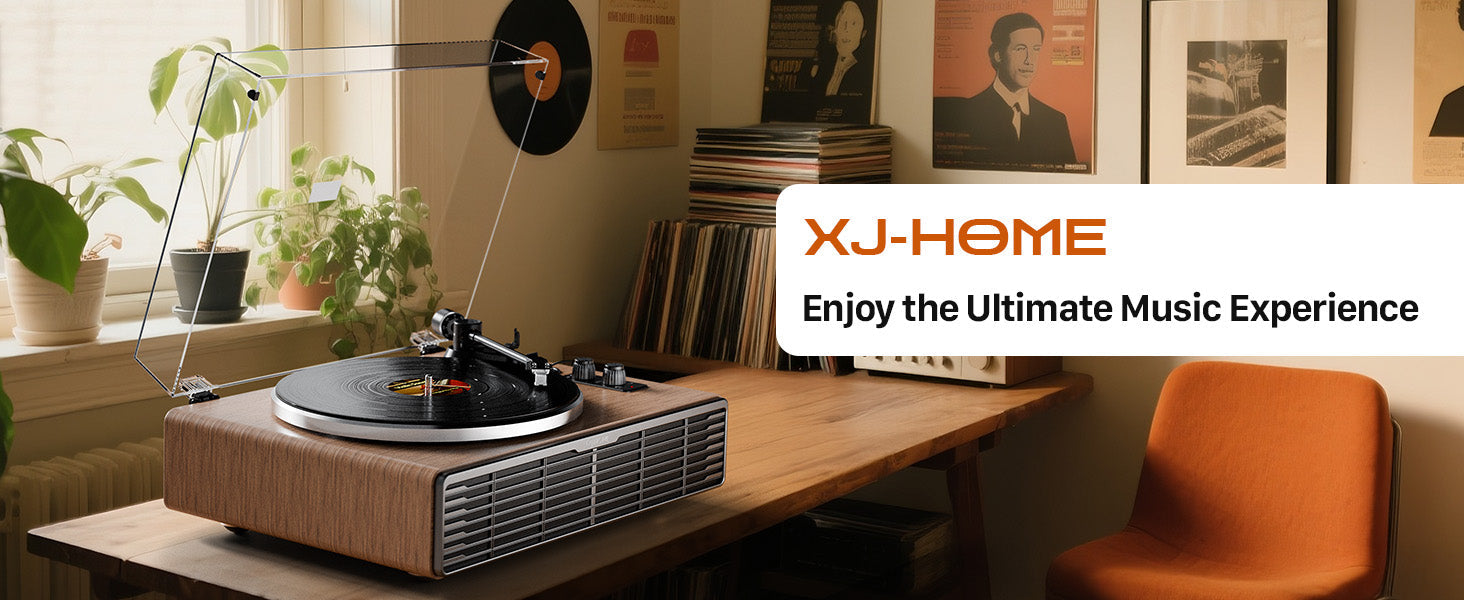This is the next evolutionary leap in cosplay: the integration of character-specific vinyl and portable turntables as performance props. It’s a move that seems niche, almost absurdly so, until you analyze the first principles of what cosplay truly is. This isn't a quirky trend. It's the logical, inevitable conclusion of a subculture obsessed with one thing: the complete and total embodiment of a fictional being.
First Principles: Why Sound is the Final Layer of the Illusion
To understand this phenomenon, you must discard the idea that cosplay is simply "dressing up." It is an act of transformation. The vinyl prop succeeds because it attacks the very limitations of that transformation.
1. The Breaking of the Sensory Barrier:
Cosplay, by its nature, has been a predominantly visual medium. It's about how a character looks. This is a fundamental limitation. We experience the world through multiple senses. The introduction of sound—specifically, a character's iconic musical theme—is a brute-force method of making the illusion multi-sensory. It creates a complete sensory envelope. You don't just see Black Widow; you see her and are enveloped by the haunting, tense strings of her theme. This elevates the experience from a static image to a living scene, both for the cosplayer and for the audience around them.
2. The Seizure of Narrative Authority:
A cosplayer is typically a passive subject, posing for photos. A turntable grants them active control. They become the director of their own micro-performance. By dropping the needle on a specific track, they can instantly dictate the mood. A triumphant, bombastic piece for a power pose. A quiet, melancholic track for a moment of dramatic repose. The cosplayer is no longer just a visual prop for someone else's camera; they are a performer, using the music to score their interactions in real-time. This is a profound shift in power and presence.
3. The Prop as an Act of Deep-Lore Interpretation:
Why a vinyl record and not just a Bluetooth speaker? Because a generic speaker is a soulless, anachronistic piece of modern tech that shatters the fictional universe. The choice of a turntable and a physical record is an act of world-building. It forces the cosplayer to answer a deeper character question: "What kind of audio system would my character have? What physical music would they own?" A sleek, minimalist XJ-HOME recorder might be perfect for a tech-savvy spy like Black Widow. A battered, retro-styled player might be what Peter Quill has rigged up on his ship. The prop itself becomes a piece of fan-fiction, a tangible artifact that speaks volumes about the character's personality, history, and aesthetic. It's a deep-cut detail that separates the dedicated from the casual.
The Performance and the "Authenticity Test"
The act itself is a piece of theater. In the chaotic din of a convention, the deliberate, physical ritual of placing a record on the platter and lowering the tonearm is a moment of quiet focus that draws the eye. It is a performance within a performance.
This practice also creates a new, unspoken social filter: the "Character Authenticity Test." The community will subconsciously judge the choice. Does the prop make sense for the character?
-
Success: A Captain America cosplayer using a 1940s-style portable record player to play a big band version of his theme. This is lore-compliant, clever, and deepens the character.
-
Failure: A cosplayer of a medieval fantasy character using a futuristic turntable. The aesthetic clash breaks the illusion instantly. The choice is "out of character."
This unspoken test creates a new metric for craftsmanship and dedication. It's no longer just about the accuracy of the costume, but the intellectual and narrative coherence of the entire presentation. It's a game within the game, and the most dedicated players will be rewarded with the highest form of community respect. This isn't something that can be easily bought; it must be earned through cleverness and a deep understanding of the source material. It's a direct counterpoint to the trend of simply buying pre-made costumes online.
The Future is an Immersive Bubble
By 2025, the most elite and respected cosplayers won't just be the ones with the most detailed armor or the most screen-accurate suits. They will be the ones who can create a complete, immersive bubble of reality around themselves. They will be walking, talking, breathing installations of art and sound.
This trend is a powerful statement. In a world saturated with fleeting digital content, these cosplayers are doubling down on the tangible. They are using physical media—the vinyl record—and analog technology to make their fictional characters more real, more present, and more powerful than ever before. They are not just wearing a costume; they are building a world and inviting you to step inside.
Understanding Verification
Here are three high-value questions to test the core understanding of the article, along with their answers.
1. Question: The article argues that using a vinyl record is superior to a more practical Bluetooth speaker. What two distinct functions does the physical turntable/vinyl combination serve that a digital device cannot?
Answer: First, it serves as a narrative and aesthetic prop. The physical design of the turntable and the art on the record sleeve are part of the costume, chosen to be "in-character" and deepen the lore of the cosplayer's presentation. A generic speaker is an out-of-character object that breaks the illusion. Second, it facilitates performance ritual. The physical act of handling and playing the record is a deliberate, dramatic piece of theater that draws focus and adds to the performance, a dimension completely absent when just tapping a phone screen.
2. Question: Explain the "Character Authenticity Test." How does it function as a social mechanism to differentiate between levels of dedication within the cosplay community?
Answer: The "Character Authenticity Test" is the unspoken, community-enforced judgment of whether a cosplayer's prop choice is "lore-compliant" and makes narrative sense. It functions as a social mechanism by creating a new, higher bar for excellence. A cosplayer who thoughtfully matches their prop to their character's personality and era demonstrates a deeper level of research and creative thinking than someone who just has an accurate costume. This creates a clear distinction between those with surface-level dedication (a good costume) and those with deep dedication (a fully realized, world-built character), establishing a hierarchy based on intellectual and creative effort, not just financial investment.
3. Question: The article claims this trend is about the "seizure of narrative authority." What specific power dynamic on the convention floor does this shift?
Answer: It shifts the power dynamic from the cosplayer being a passive subject to an active performer. Traditionally, a cosplayer stands and poses, reacting to requests from photographers. Their narrative is controlled by others. By introducing a self-controlled soundtrack, the cosplayer seizes the role of director. They can initiate action, dictate the mood of an interaction, and control the emotional tone of their immediate environment without needing any external input. They are no longer just an object to be photographed; they are the curator of a live, interactive experience.





Leave a comment
All comments are moderated before being published.
This site is protected by hCaptcha and the hCaptcha Privacy Policy and Terms of Service apply.